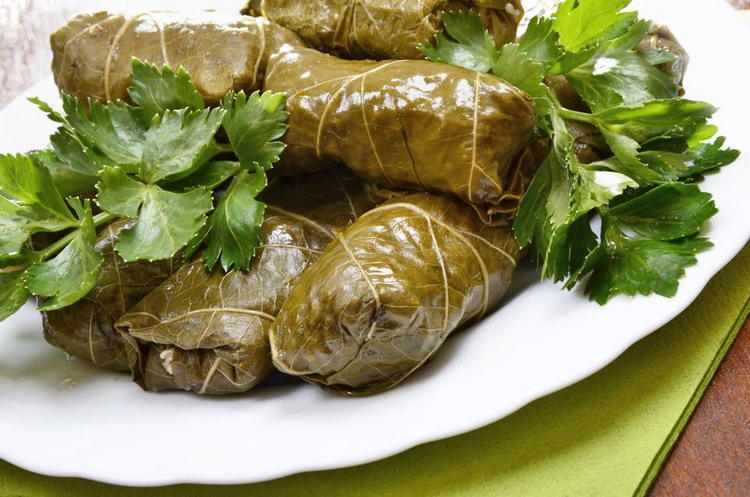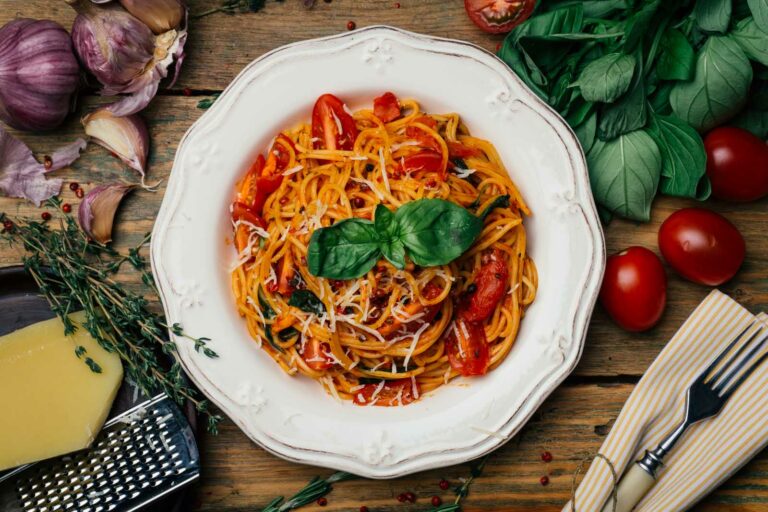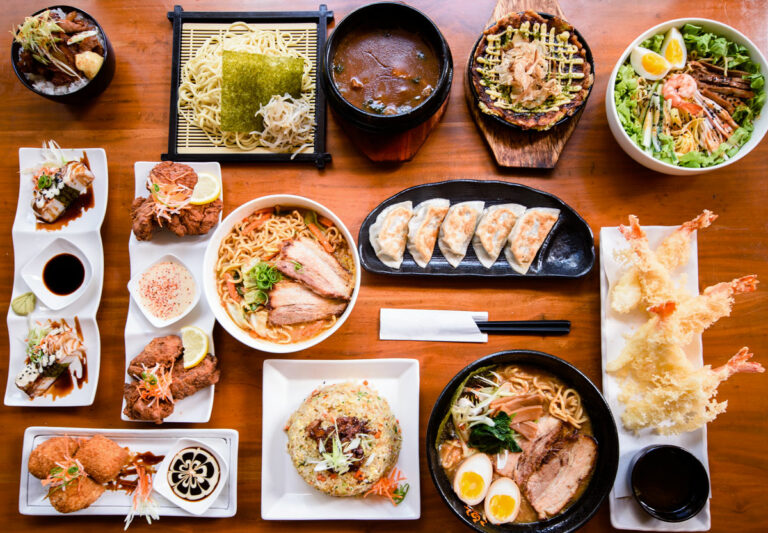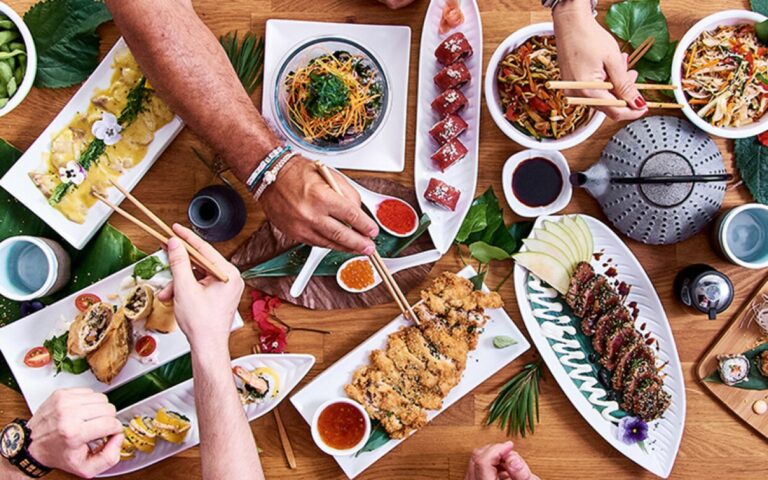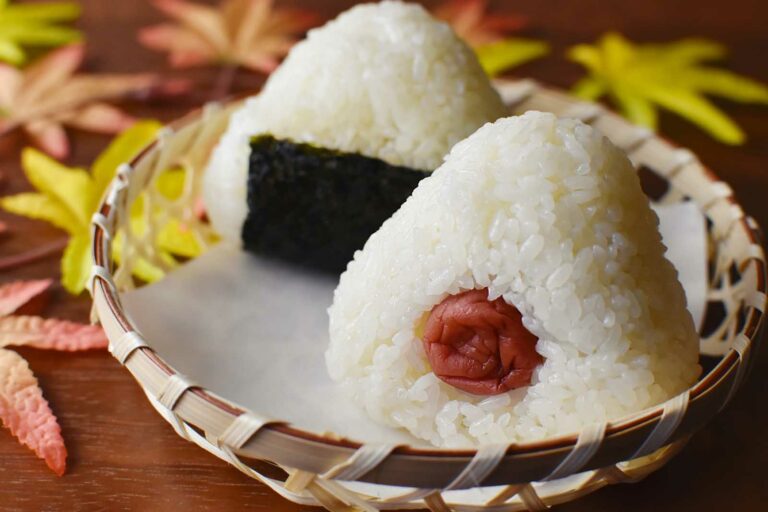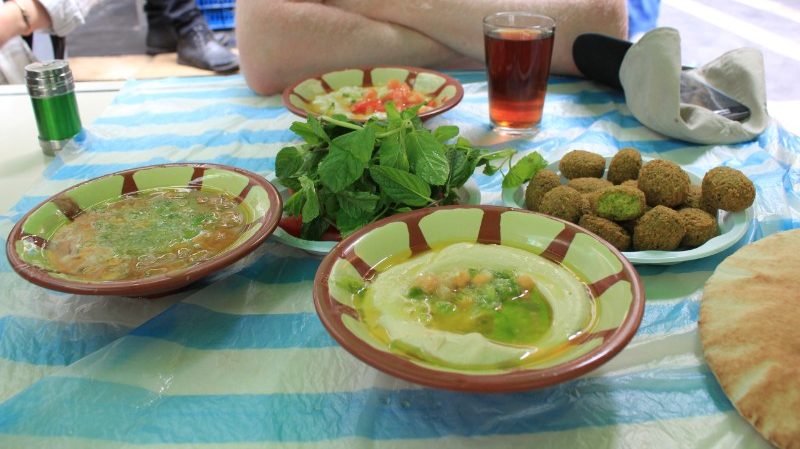Introduction: Iraqi Cuisine
Iraqi cuisine is a blend of various cultural and regional influences that have shaped its culinary heritage. The cuisine is known for using a variety of spices and herbs, including cumin, cinnamon, saffron, turmeric, and coriander. Iraqi cuisine is meat-centric, with lamb and chicken being the most commonly used meats. Rice, lentils, and beans are staple ingredients, and bread is a significant part of the Iraqi diet. Iraqi dishes are often slow-cooked, giving them a distinctive flavor and texture.
Regional Dishes in Northern Iraq
Northern Iraqi cuisine is heavily influenced by the Kurdish cuisine and features a range of unique dishes. One such dish is Dolma, which is a stuffed vegetable dish that can be served as a main course or a side dish. The stuffing usually consists of rice, minced meat, herbs, and spices. Another popular dish is Kebab, which is a grilled meat dish made with marinated lamb or chicken cubes. The meat is usually served with rice, salads, and bread.
Traditional Foods from Southern Iraq
The cuisine of southern Iraq is known for its seafood dishes, which are popular in the coastal regions. One such dish is Masgouf, which is a grilled fish dish that is marinated with spices and served with rice and salad. Another dish is the Samak Chigari, which is a fish stew made with turmeric, onions, tomatoes, and garlic. Rice is usually served as a side dish.
Eastern Iraqi Cuisine: Sumerian Legacy
The cuisine of eastern Iraq is heavily influenced by the Sumerian civilization, which is one of the oldest civilizations in the world. One of the most popular dishes is Pacha, which is a soup made with sheep or cow head and feet. The soup is cooked slowly with spices and served with bread. Another dish is the Tepsi Baytinijan, which is a layered dish made with eggplant, meat, and tomato sauce.
Unique Ingredients in Central Iraq
Central Iraqi cuisine features a range of unique ingredients that are not commonly found in other regional cuisines. One such ingredient is Sumac, which is a spice made from the dried berries of the sumac tree. It is used to add a tangy flavor to dishes, such as the Tabbouleh salad. Another ingredient is the Dried Lime, which is used to add a sour and tangy flavor to stews and soups.
Western Iraq: Bedouin Influence on Cuisine
The cuisine of western Iraq is heavily influenced by the nomadic Bedouin culture. One of the most popular dishes is the Quzi, which is a roasted lamb dish that is served with rice and vegetables. The lamb is usually marinated with spices and slow-cooked in a pit oven. Another dish is the Masloub, which is a layered dish made with meat, rice, and vegetables. The dish is slow-cooked, giving it a distinctive flavor and texture.
In conclusion, Iraqi cuisine is a diverse and rich blend of various cultural influences that have shaped its culinary heritage. The cuisine offers a range of unique dishes and ingredients that are not commonly found in other regional cuisines. From the slow-cooked stews of southern Iraq to the roasted lamb of western Iraq, Iraqi cuisine is a must-try for food enthusiasts who are looking for new and exciting flavors.


